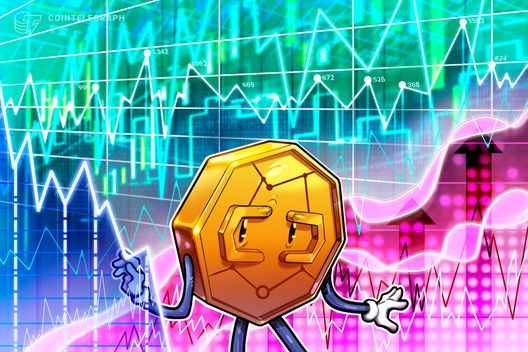

The cryptocurrency market is currently navigating a complex landscape, marked by geopolitical tensions and fluctuating investor sentiment. Despite the ongoing conflict between Israel and Iran, the Crypto Fear & Greed Index has remained surprisingly resilient, staying within the "Greed" territory. This indicates that, even amidst uncertainty, a significant portion of the market maintains a bullish outlook. However, the situation is far from simple, and a closer examination reveals a more nuanced picture.
Recent events have undeniably impacted the crypto sphere. Following reports of Israeli military actions against Iranian targets, the market experienced a notable downturn. Bitcoin, the leading cryptocurrency, saw its price dip, alongside Ethereum and other major altcoins. This market reaction underscores the increasing sensitivity of the crypto market to broader macroeconomic and geopolitical events. Investors, rattled by the escalating tensions, exhibited risk-off behavior, leading to a sell-off across various crypto assets.
Despite the initial shock and price declines, there are signs of resilience and potential for recovery. Bitcoin, for instance, demonstrated its ability to rebound after the initial sell-off, suggesting underlying strength and investor confidence in its long-term prospects. Market analysts point to the strong fundamentals of the crypto market, viewing the recent correction as a "sentiment reset" rather than a "structural breakdown." Some even highlight the similarity between the current market setup and the one preceding a significant rally in late 2024, hinting at a potential breakout towards new highs.
However, it's crucial to acknowledge the risks and uncertainties that persist. The ongoing conflict between Israel and Iran could escalate, leading to further market volatility and risk aversion. Supply chain disruptions, oil price fluctuations, and broader financial instability are all potential consequences that could negatively impact the crypto market. Regulatory factors also play a significant role, with proposed regulations on stablecoins and ongoing discussions about ETF approvals potentially influencing market dynamics.
The Crypto Fear & Greed Index, while remaining in the "Greed" zone, has experienced a decline, reflecting the growing unease among investors. This suggests that while a bullish sentiment prevails, it is tempered by caution and awareness of the potential risks. The market is closely monitoring developments in the Middle East, as well as other global factors, to assess the potential for further escalation and its impact on the crypto landscape.
In conclusion, the crypto market is currently in a state of flux, influenced by geopolitical tensions and shifting investor sentiment. While the Crypto Fear & Greed Index indicates a prevailing sense of greed, the market is also exhibiting signs of caution and awareness of the risks. The situation remains fluid, and the future direction of the crypto market will likely depend on a combination of factors, including geopolitical developments, regulatory changes, and the continued evolution of the crypto ecosystem.